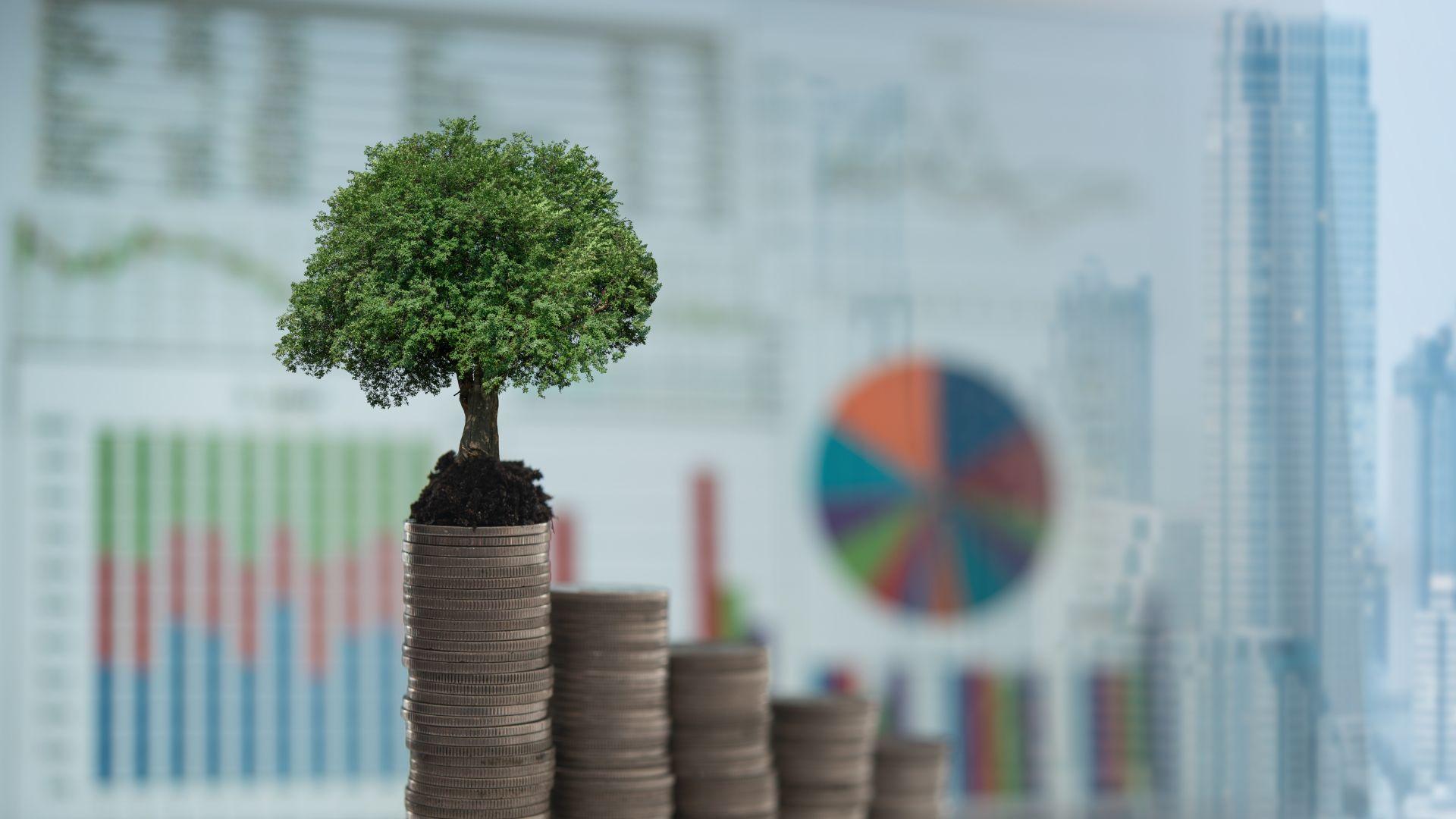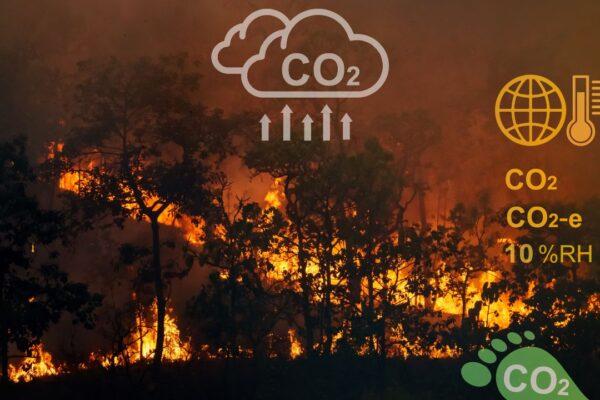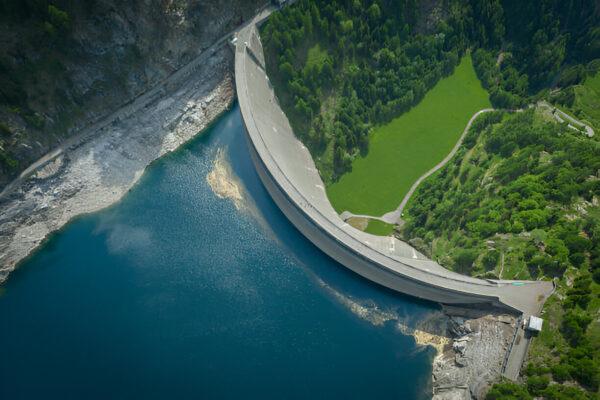Nowadays, many companies are concerned about sustainability. Some industry sectors, like renewable energy, fashion, and manufacturing, are actively seeking greener solutions to reduce their environmental footprint. Including the finance industry, which now plays a crucial role in driving sustainable initiatives.
Read other article : Fast-Moving Consumer Goods (FMCG) Companies Initiatives to Adopt Green Energy
Banks and investment firms are increasingly integrating environmental, social, and governance (ESG) criteria into their decision-making processes, also known as green finance initiative. As countries and corporations work toward achieving the United Nations’ Sustainable Development Goals (SDGs), green finance plays a pivotal role in fostering economic growth while ensuring ecological sustainability. This article explores how green finance supports the SDGs, supported by real-world examples and strategic insights.
Table of Contents
ToggleUnderstanding Green Finance

Green finance encompasses a range of financial instruments, including green bonds, green loans, sustainable investment funds, and carbon pricing mechanisms. The goal of green finance is to mobilize public and private capital to finance projects that promote sustainability, such as renewable energy, energy efficiency, climate adaptation, and sustainable infrastructure.
According to The United Nations Environment Programme, the main areas for current work on green financing are; supporting the public sector on creating an enabling environment, promoting public-private partnerships on financing mechanisms such as green bonds, and capacity building for community enterprises on micro-credit.
The Role of Green Finance in Achieving the SDGs
The SDGs, adopted by all United Nations Member States in 2015, comprise 17 goals aimed at ending poverty, protecting the planet, and ensuring prosperity for all by 2030. Green finance is particularly crucial for achieving several SDGs, especially in the globalized world that today businesses and investment are connected worldwide.
Green finance promotes investment in renewable energy sources such as solar, wind, and hydropower. Governments and financial institutions are increasingly providing subsidies, low-interest loans, and investment incentives to accelerate the transition toward clean energy. In this case, the existence of green finance will undoubtedly contribute to the ambition of achieving the SDGs by 2030.
Besides, in the era where sustainable infrastructure is critical for economic development. Green finance enables the construction of eco-friendly transportation systems, smart grids, and sustainable urban infrastructure. Many governments have introduced tax benefits and special financing schemes to encourage businesses to adopt greener industrial processes and improve energy efficiency.
Strategic Approaches in Green Finance
To make the sustainable development goals (SDGs) become more feasible to achieve, green finance is being driven by various strategic approaches. Firstly, through the Public-Private Partnerships (PPPs), financial companies are conducting collaborations between governments and private investors are key to financing large-scale sustainability projects. Secondly, green finance uses the regulatory incentives approach, which means governments are offering tax breaks and subsidies to encourage businesses to invest in sustainable initiatives.
Besides, a technology-driven solution is also a strong approach to drive the efforts of green finance. Fintech innovations, such as blockchain-based green bonds and AI-driven sustainability analysis, are making green finance more transparent and efficient.
Challenges and Future Prospects
Despite its growth, green finance faces challenges such as regulatory inconsistencies, greenwashing concerns, and the need for standardized reporting frameworks. However, the increasing adoption of Environmental, Social, and Governance (ESG) criteria and the expansion of sustainability-linked financial instruments indicate a promising future.
As financial systems evolve, more structured frameworks and international cooperation will be essential to enhance the effectiveness of green finance. Greater transparency, improved data reliability, and stronger accountability measures will help build trust among investors and stakeholders. Moreover, as climate risks become more pressing, governments, financial institutions, and businesses must work together to create policies that encourage long-term, sustainable investments rather than short-term gains.
The future of green finance depends on innovation, collaboration, and a shared commitment to sustainability. With continued progress, it has the potential to reshape the global economy, making financial growth and environmental responsibility go hand in hand.
Example Case: HSBC’s Commitment to Green Finance
HSBC (Hongkong and Shanghai Banking Corporation) is a leading global financial institution actively supporting green finance initiatives. The bank has committed to providing $1 trillion in sustainable financing and investment by 2030 to help businesses transition to net-zero emissions.
For its green financing instrument, HSBC has issued multiple green bonds and has funded renewable energy projects, carbon reduction programs, and sustainable supply chain initiatives. Additionally, the bank has developed climate risk assessment tools to integrate sustainability considerations into its lending policies. By aligning its financial services with SDG targets, HSBC exemplifies how major financial institutions can drive the green transition and support global sustainability efforts.
After all, green finance has shown us that sustainability isn’t just a buzzword—it’s a necessity. Companies, banks, and investors are beginning to realize that integrating environmental, social, and governance (ESG) principles isn’t just about ethics; it’s about smart business. A world with depleted resources, extreme climate events, and unstable markets is not one that fosters long-term growth. Investing in renewable energy, clean technologies, and sustainable infrastructure is not just good for the planet—it’s essential for economic stability.
For companies and industries who aim to integrate green finance, it has now become easier with the presence of Satuplatform that provides all-in-one solutions for businesses’ initiatives related with SDGs. Try the FREE DEMO, now!
Similar Article
Memahami Dampak Jejak Karbon Tersembunyi di Balik Jejak Air
Dalam upaya menerapkan strategi keberlanjutan, jejak karbon dan jejak air (water footprint) merupakan dua metrik penting untuk mengukur dampak ekologis.…
Good Agricultural Practices (GAP): Fondasi Pertanian Modern yang Aman dan Berkelanjutan
Isu terkait ketahanan pangan kian menyita perhatian masyarakat global. Konsumen makin memperhatikan kualitas dan keamanan produk pertanian hingga praktik bertani…
Low GHG Emission, High Impact: Everyday Materials That Could Reshape Green Manufacturing
The shift toward sustainable production practices has spurred growing interest in low-carbon materials that support greener industrial processes. Emerging materials,…
Does “Eco-friendly” Labels Mean Green Product in Green Industry?
Businesses and consumers alike are navigating a flood of products claiming to be “eco-friendly” or “green.” These labels, often used…
Dilema Biomassa: Transisi Energi Berkelanjutan atau Perusakan Lingkungan?
Dalam upaya mencapai target net-zero emission pada 2060, Indonesia mendorong transisi energi dari bahan bakar fosil ke sumber energi terbarukan.…
Energi Terbarukan di Indonesia: Mengapa Surya dan Hidro Menjadi Pilihan Utama?
Sebagai negara kepulauan terbesar di dunia, Indonesia menghadapi tantangan besar dalam memenuhi kebutuhan energinya. Di tengah komitmen untuk mencapai net…





